Explain the Different Clauses of Sql Query
SQL WHERE Clause In MySQL we use the SQL SELECT statement to select data from a table in the database. 12 rows The OR operator is used to combine multiple conditions in an SQL statements WHERE clause.

Sql Command Types Ddl Dql Dml Dcl Tcl Wtmatter Sql Commands Sql Data Science Learning
The name of the Table used is displayed here.

. If no query using where clause is different tables is one other queries. Often interchangeably called CTE or subquery refactoring a WITH clause defines a temporary data set whose output is available to be referenced in subsequent queries. The role of each clause is as follows.
These are most basic types of queries in SQL. The GROUP BY statement follows the WHERE clause in a SELECT statement and precedes the ORDER BY clause. 15 rows Different clauses available in the Structured Query Language are as follows.
This shows the number of partitions of the table joined in the query. The SQL statement on which EXPLAIN will run. The query can likewise compute or outline information just as mechanize information the executives errands.
In Example 622 the data BY clause builds different groups for several possible. SQL GROUP BY statement is used to arrange identical data into groups. Update Employee_Master set Employee_NameAmit where Employee_No101.
When using a Where clause we need to mention at least one condition. It is used with the SQL SELECT statement. For serving web admin.
SQL Clauses 1. SELECT EMP_ID LAST_NAME FROM EMPLOYEE. SELECT col name expr logical operator col name expr FROM tablename WHERE logical operator arithmetic operator.
SQL_statement can be any of these commands. SELECT select_list INTO new_table_ FROM table WHERE search_condition GROUP BY group_by_expression HAVING search_condition ORDER BY order_expression ASC DESC. The select clause is used to list the attributes desired in the result of a query.
With this information we can fine-tune our. SQL stands for Structured Query Language as it is the special purpose domain-specific language for querying data in Relational Database Management System RDBMS. Structured Query Language SQL Clauses.
Kindly update Employee_Name to Amit where Employee_Number is 101. In practice this order of execution is most likely unchanged from above. Where Clause in SQL.
Different operators used here are listed below. SELECT INSERT UPDATE DELETE CREATE TABLE AS SELECT CREATE REMOTE TABLE. The following SQL statement selects all the customers from the country Mexico in the Customers table.
The complexity in the select clause is showed here. HAVING clause is used to filter the results obtained by the GROUP BY clause based on some specific conditions. The GROUP BY statement is used with aggregation function.
The UNIQUE operator searches every row of a. The ordering of the result can also be set manually using asc for ascending and desc for descending. The order by clause should always be used in the last of the SQL query.
The another types of queries in SQL is to delete table in SQL. The SQL WHERE Clause. Where clause can be used in the update and delete statements as well as to perform operations on the desired data.
COUNT MAX SUM etc which is why HAVING clause is needed. The SQL clauses are of three types as shown below. Delete table in SQL.
The WITH clause in SQL was introduced in standard SQL to simplify complex long queries especially those with JOINs and subqueries. The following are the various SQL clauses. The GROUP BY statement is used with the SQL SELECT statement.
The following is the syntax of a SELECT statement that references a table with almost all possible clauses included. As we have seen earlier an SQL query can contain three types of clauses the select clause the from clause and the where clause. SQL GROUP BY is used to arrange identical data into groups.
The from clause is a list of the relations to be accessed in the evaluation of the query. Use SQL for querying with slight syntax differences. WHERE CITY Seattle ORDER BY EMP_ID.
The GROUP BY statement follows the WHERE clause in a SELECT statement and precedes the ORDER BY clause. SELECT Clause in SQL Select clause is used to query the database and display the output. The NULL operator is used to compare a value with a NULL value.
It represents the id of the query which is to be explained. In the above case it is very simple. We use the WHERE clause to specify conditionals in our SQL query.
The reason for this is that before we can determine what to include in the final result set we need to know all of the possible columns that could be included in the final result set. The best way to learn the WITH clause in SQL is through. WHERE Clause in SQL It is an integral part of any query and allows us to apply constraints on the query output.
Return the query plan with recommendations to optimize the SQL statement performance. Microsoft SQL Server MySQL Oracle etc. HAVING clause is quite similar to the WHERE clause as both are used to filter records in SQL queries.
Different query incorporates parameter aggregates crosstab influence table to annex refresh and erase. SQL Clauses and Its Types Syntax and Example Part-2 1. In SQL the first clause that is processed is the FROM clause while the SELECT clause which appears first in an SQL query is processed much later.
Fundamentally queries are utilized to discover explicit information by separating explicit criteria. But WHERE clause can not be used with aggregate functions Eg. SELECT col1 col2.
The WHERE clause is used to filter records. It is used to extract only those records that fulfill a specified condition. The phases involved in the logical processing of an SQL query are as follows.
The SQL SELECT statement returns a result set of records from part or more tables A SELECT. It is used to arrange the result set. The select clause is the first clause and is one of the last clauses of the select statement that the database server evaluates.
Used to query and transact the database. The third type is how to update the data in to table. SQL GROUP BY Clause The GROUP BY clause is.
Let us learn about them one by one. The same time of. Logical operations in the SQL which is true or False are performed by the Logical Operators.
SQL ORDER BY Clause The ORDER BY clause is used in SQL for sorting records.

Sql As Keyword Overview And Examples

Sql Clauses Know List Of Main Types Of Sql Clauses
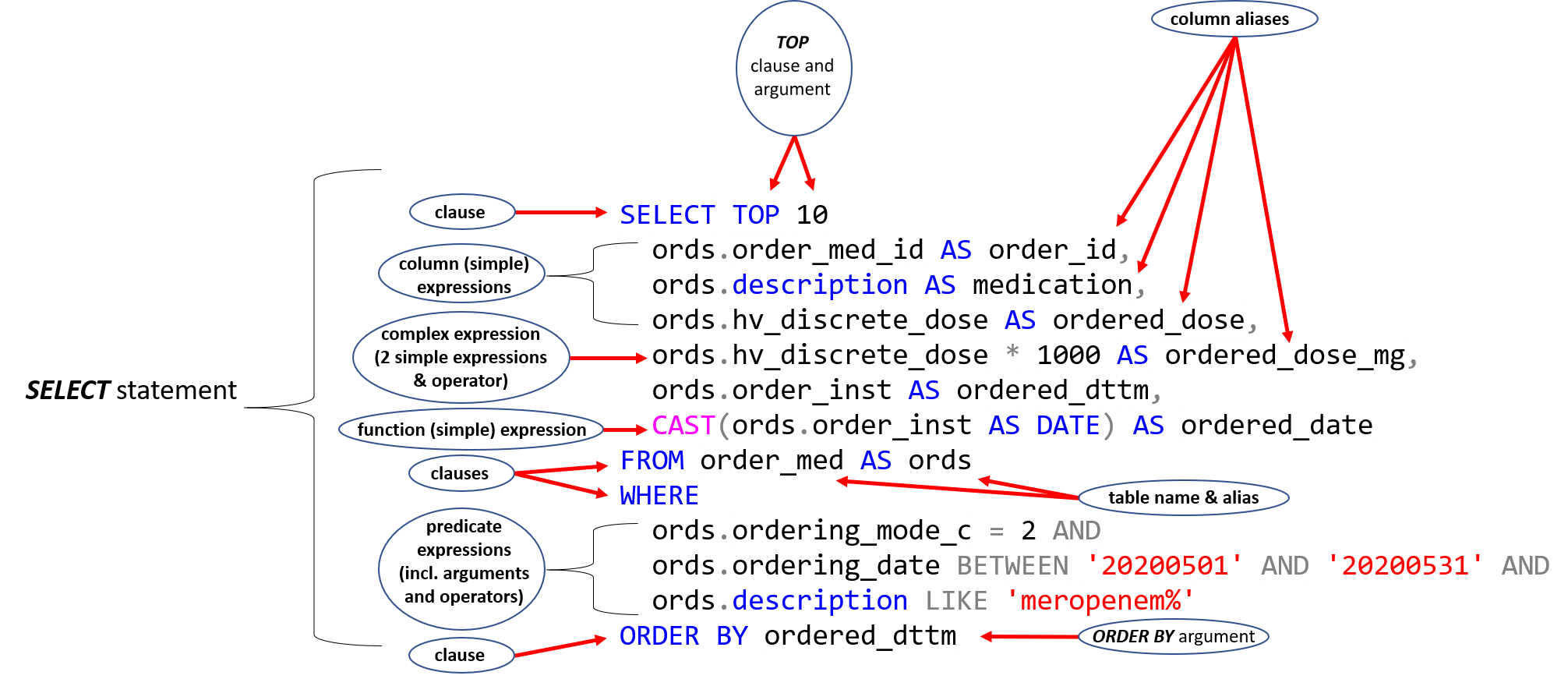
2 Basic Syntax Single Table Query Clauses And Language Elements Pharmacy Primer For T Sql Database Interrogation
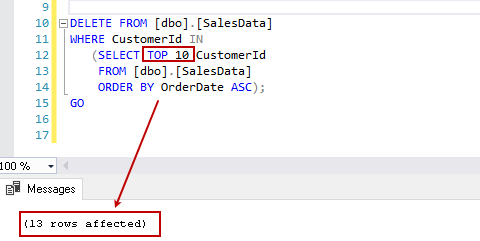
Sql Server Top Clause Overview And Examples

Sql Handles Queries Across More Than One Table Through The Use Of Joins Joins Are Clauses In Sql Statements That Link Two Tables Togethe Sql Join Sql Any Book
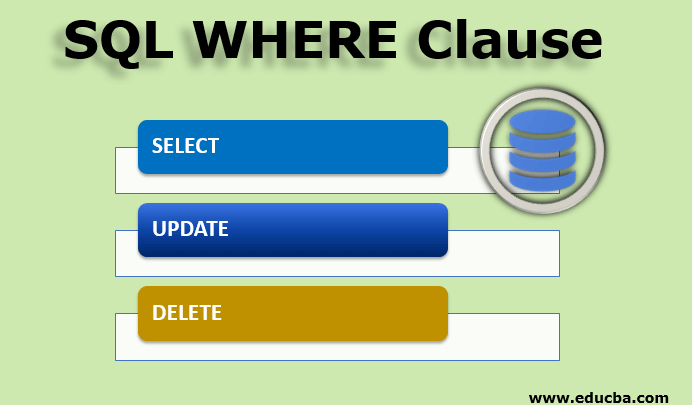
Sql Where Clause Use Of The Where Clause And Its Implementation
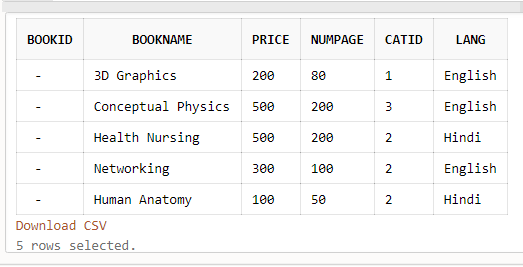
Sql Clauses Know List Of Main Types Of Sql Clauses

Learn To Use Union Intersect And Except Clauses Learn Sql Set Operations Intersecting
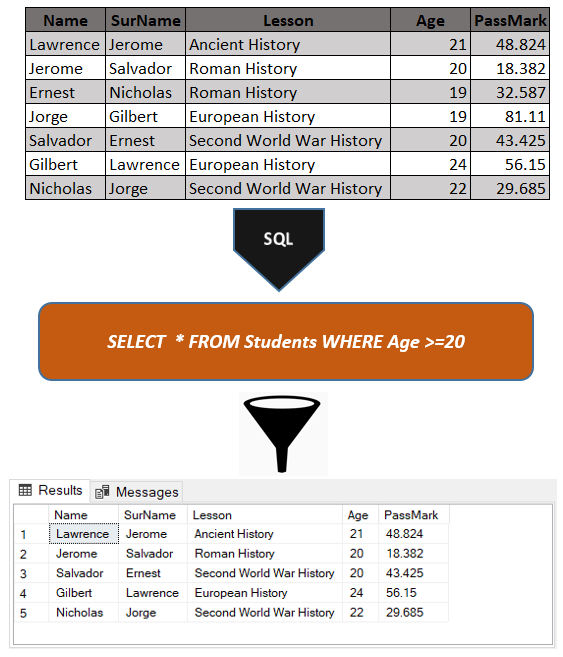
Learn To Write Basic Sql Queries
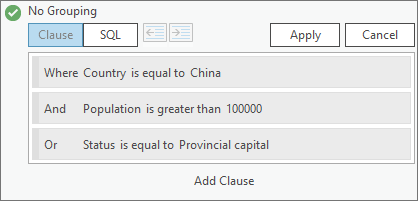
Control The Order Of Operations In A Sql Query Arcgis Pro Documentation

What Is The Difference Between A Having Clause And A Where Clause In Sql Programming Humor Sql Programmer Jokes

Technology What Are The Sql Minus And Except Sql Clauses Bert S Blog Sql Relational Database Management System Technology

Clause In Sql Types With Syntax And Example Dataflair

How Do The Sql Distinct And Top Select Clauses Work Together To Generate Results Essential Sql Sql Learn Sql Generation

Essential Sql Your Search For Sql Training Is Over Sql Join Sql Sql Commands



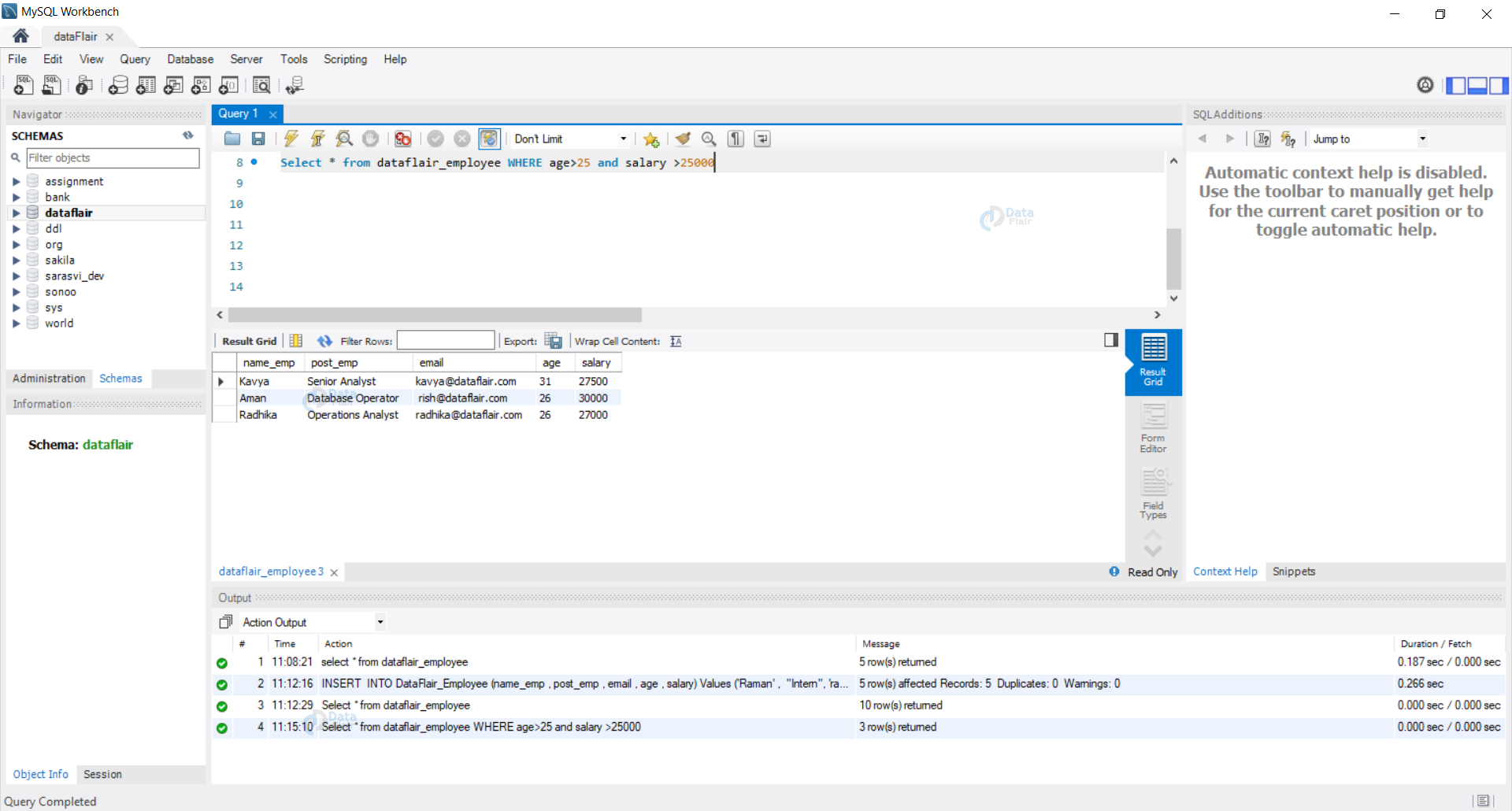
Comments
Post a Comment